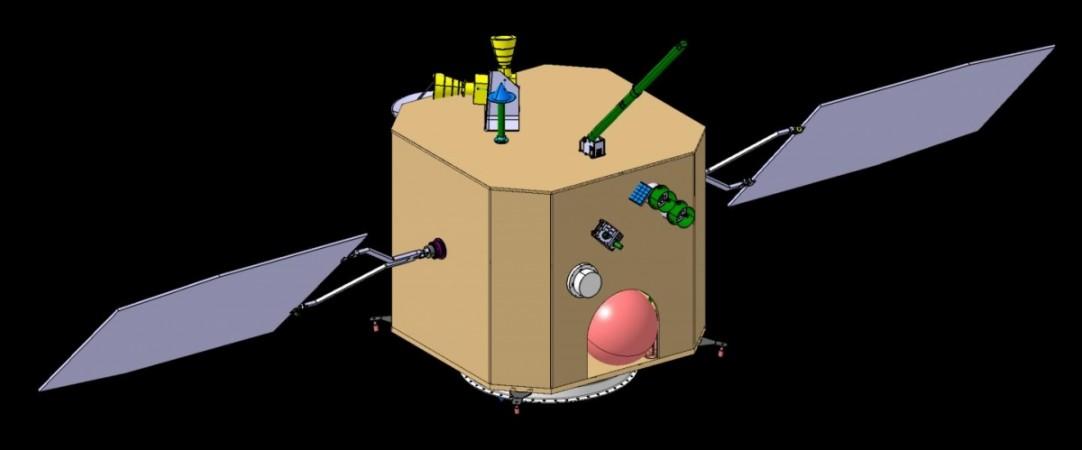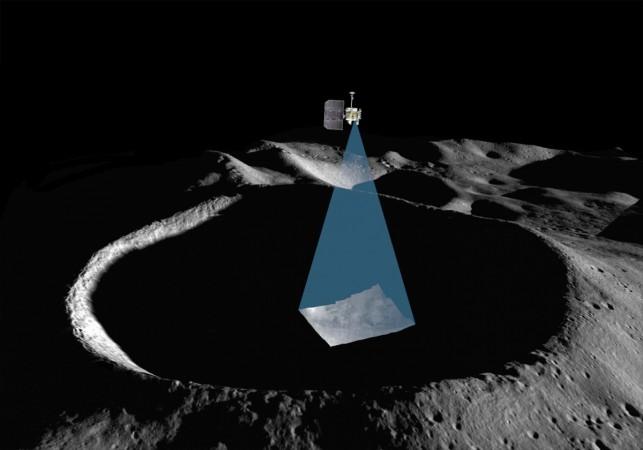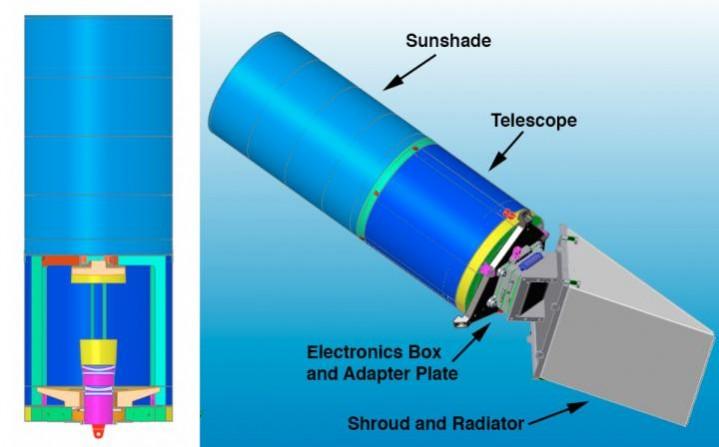
NASA is planning to give an instrument called "ShadowCam" to the Korea Aerospace Research Institute's (KARI) for its first lunar exploration mission called Korea Pathfinder Lunar Orbiter (KPLO).
The lunar soil would be investigated with the help of this device for mineral deposits worth trillions of dollars.
The ShadowCam is devised by Mark Robinson of Arizona State University and Malin Space Science Systems to search for any evidence of deposits of ice or frosts in the permanently shadowed lunar regions, also to map the Moon's landscape and the distribution of minerals on the natural satellite.
Its camera is just like the Reconnaissance Orbiter Narrow Angle Camera, but comparatively it's more sensitive, which permits the camera to fetch high-resolution, high signal-to-noise imaging of the Moon's permanently shadowed regions (PSRs).

"The telescope and much of the electronics will be identical," says ShadowCam principal investigator Robinson according to a press release.
"The big difference is swapping out the current image sensor for one that is 800 times more sensitive, allowing high resolution imaging within permanently shadowed regions, something the Lunar Reconnaissance Orbiter Camera cannot accomplish," Robinson added.
The ShadowCam is scheduled to be launched in 2018 and it will analyse the PSRs on a monthly basis to shed light on the seasonal changes. The instrument will also scale the terrain inside the mysterious craters prevailing in the PSRs as well as the distribution. The photos taken by the ShadowCam would be merged with the images taken by the Lunar Reconnaissance Obiter Narrow Angle Camera (NAC) in order to create complete maps portraying the inside and outside of the craters that having PSRs.

"Permanently shadowed regions have been a mystery because the perpetually dark interiors are difficult to image and existing research offers varying interpretations regarding the distribution of volatiles within these cold regions," Director of NASA's Advanced Exploration Systems Division Jason Crusan said, according to a media release.
"Future missions in deep space will be safer and more affordable if we have the capability to harvest lunar resources, and ShadowCam has the potential to greatly increase our understanding of the quality and abundance of those resources in these regions," Crusan stated further.
The ShadowCam would capture the shadowed regions of the Moon, whereas the NAC would capture the radiant portion present on the Moon.











